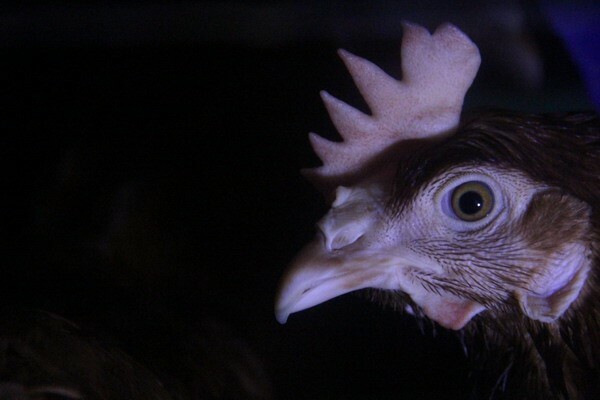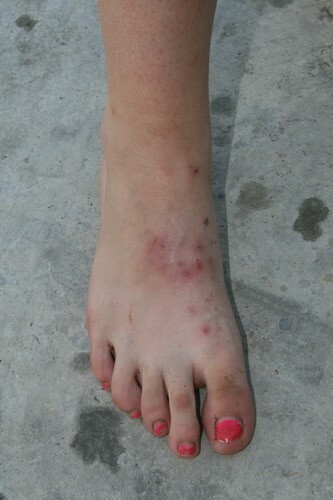



Control of chicken red mite Dermanyssus gallinae: The changes
Learn more about the most important external parasite in poultryWe live in a time of great change. Now more birds live in cages than in the wild. Birds in intensive poultry farming are faced with changed, numerous and more intense health problems.
Chicken red mite Dermanyssus gallinae (De Geer, 1778) parasitizes birds and mammals, it is the most important external parasite of poultry.
Large invasions of the external parasite chicken red mite in intensive poultry farming reach a number and many times higher impact on birds than the one that occurs in nature. A specific acrid smell is characteristic of large invasions and is the first thing you feel upon entering the facility. White Crested, a nervous, thinned flock, explains the abundance of liquids on the cages, equipment and environment. The red color is given by the consumed blood. And the remains of digested blood, an incalculable amount of liquid, create a specific smell of the environment. The night of carrying becomes unbearable.

Chicken red mite is a zoonosis, an occupational disease in poultry farming. Even the workers on the poultry farm were not spared the great liquid invasion.

The use of poison by man has the opposite effect than in nature. The use of poison in free nature is a frequent occurrence, measured and selective, appropriate to the needs of balance. In contrast, synthetic neurotoxic chemical compounds (pesticides) have exceptional stability, greater toxicity, and toxic breakdown products. Their application lacked expertise and care, so in addition to their effectiveness, they did not realize their potential role in fluid control. The harmful impact of long-term use of pesticides on humans and the living world is difficult to see. The problem is even greater if one considers the otherwise excessive use of pesticides in food production. It is likely that we did much more damage than what we intended to remove.
We are again striving for new solutions that are not in harmony with nature. Controlling the chicken red mite in the wild is not the task of the immune system. Despite this, we are developing a vaccine to control the chicken red mite. The immune system of poultry is already burdened by numerous vaccines.
The previous approach to chicken red mite control was fundamentally flawed for the most part. This is best manifested through the results of control and the constant expansion of the problem, whose prevalence in some countries approaches 100%. The damage is mounting, while the problem is compounding. Is it possible to change the approach to chicken red mite control?
New knowledge opens up possibilities for changes in chicken red mite control. We highlight the potential in the improvement of non-toxic methods: preparation of facilities, nutritional control (food and water) and entomopathogenic microorganisms. To change the approach itself, there is a program (comprehensive approach) and principles from which to start: preventive medicine (biosecurity; early detection; application of control measures at the optimal time) and rational control (the best choice of products and methods, in the best way; checks and supervision). The capacity for change is there, is there critical thought, desire and information?
Pavlićević Aleksandar1, Ratajac Radomir2, Pavlović Ivan3
1 “Aves mit" d.o.o., Subotica-Bajmokn Serbia
2 Scientific Veterinary Institute “Novi Sad”, Novi Sad, Serbia
3 Scientific Institute of Veterinary Medicine of Serbia, Beograd, Serbia
Headline photo: European starling (Stumus vulgaris) clean feathers. Image courtesy of Aleksandar Pavlićević
Download the full presentation.








